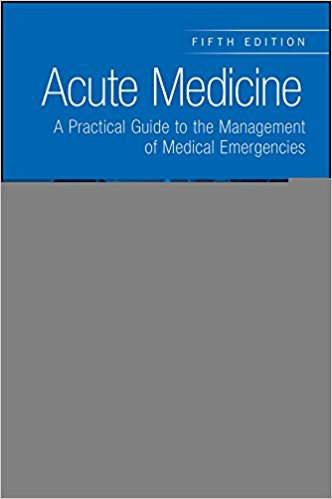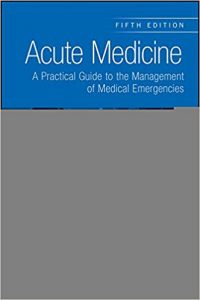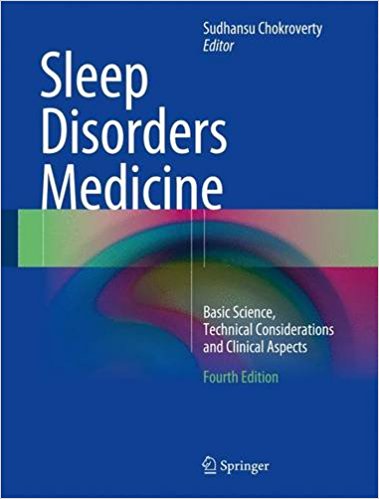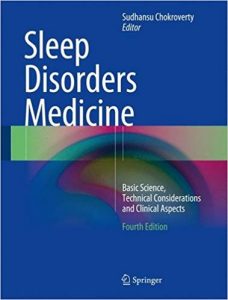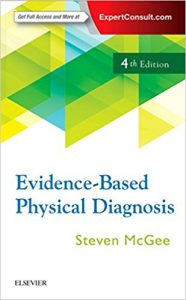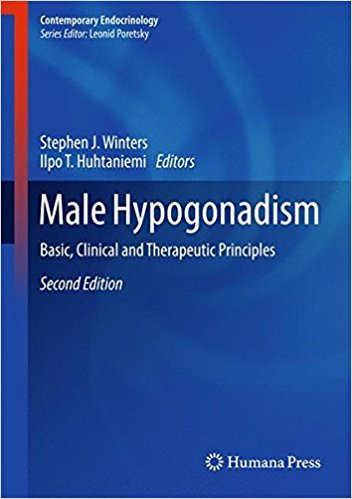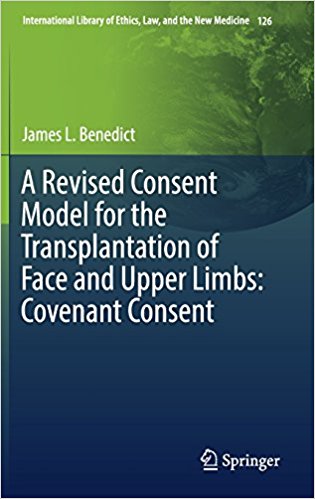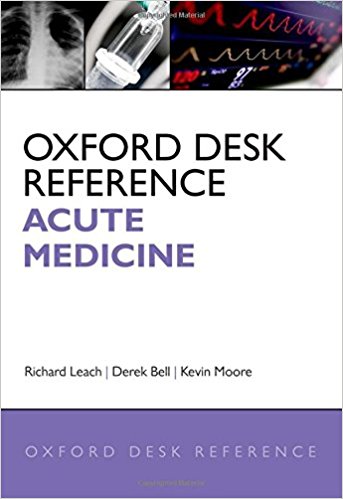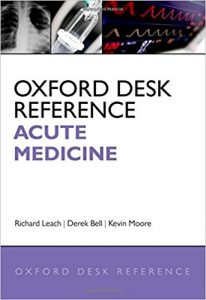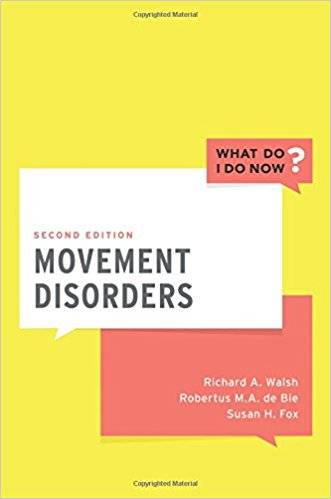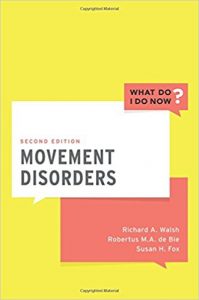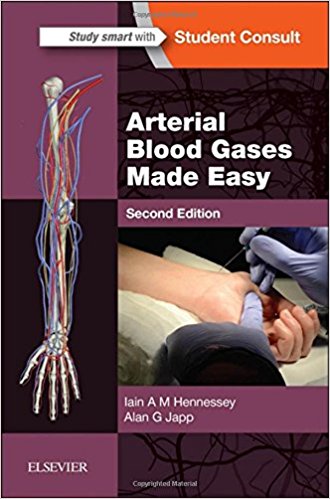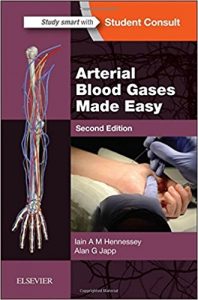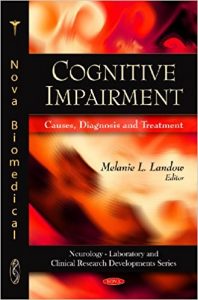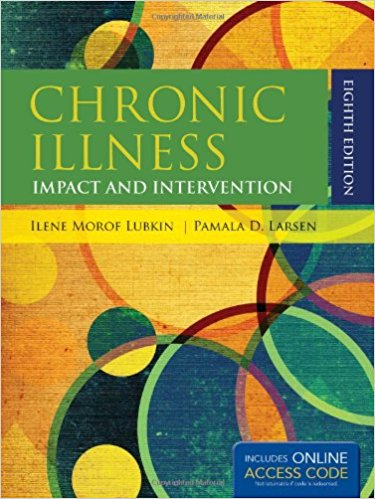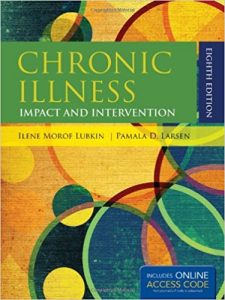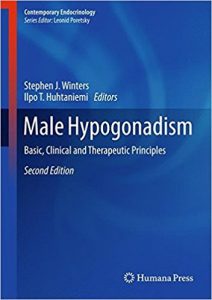
[amazon template=iframe image2&asin=3319532960]
Now in a revised second edition, this comprehensive text covers all aspects of male hypogonadism from the basic science to clinical management, comprehensively explaining and applying new insights to the treatment of hypogonadal men. Chapters covering neuroendocrine control of testicular function, Leydig cell function, spermatogenesis, and normal and delayed puberty open the book. The focus then turns to the pathophysiology and treatment of hypogonadism and other forms of testicular dysfunction, such as Klinefelter syndrome, cryptorchidism, and disorders of the pituitary, as well as reproductive and endocrine consequences of cancer treatment, environmental factors, obesity and aging. Next are chapters that describe the available options for androgen replacement therapy, and the outcomes when men with hypogonadism of various causes are treated with testosterone, as well as a chapter devoted to current approaches to stimulating spermatogenesis in gonadotropin-deficient men.
Highly practical and updated with the latest available data, this second edition of Male Hypogonadism: Basic, Clinical and Therapeutic Principles cogently presents a large body of scientific information on male reproductive endocrinology to provide a thorough understanding of the pathophysiology, clinical characteristics, and treatments for disorders that adversely affect testicular function.
From The New England Journal of Medicine
Male reproductive health has become an important focus of health services in many countries. Poor semen quality is a widespread problem, and both young and elderly men often seek medical advice regarding symptoms of hypogonadism, including sexual dysfunction. However, andrology — the clinical area of expertise that covers these medical problems — has not yet been given sufficient attention in the health care systems of most countries. Therefore, training of doctors in this medical discipline is often superficial and lacking in uniformity. This excellent book, edited by leading American andrologist Stephen J. Winters, covers most problems in this field. It is unavoidable that a book containing 19 chapters written by 37 contributors turned out somewhat uneven with regard to style and quality. However, the list of authors is impressive. They represent some of the best American, European, and Australian research groups in andrology. A clear benefit is the inclusion of information on topics that may be difficult to find in other books, such as the congenital cause of adult symptoms of hypogonadism and hypogonadism in congenital adrenal hyperplasia. The latter chapter should prove useful not only for endocrinologists treating patients with hypogonadism but also for urologists, since the “adrenal nests” in men with congenital adrenal hyperplasia can mimic malignant germ-cell tumors. The chapters on the effects of irradiation and chemotherapy are also important additions to the available literature. I also want to highlight the chapters on androgens, sex hormone-binding globulin, and androgen-replacement therapy. The editor himself is an internist, and perhaps his selection of information on the pediatric aspects of hypogonadism is less than comprehensive. A pediatric endocrinologist may miss information on the possibility of treatment of boys with hypogonadism with oral androgens and on the long-term outcome of the treatment of micropenis and male pseudohermaphroditism. Despite these minor criticisms, I recommend this book as a timely update for all endocrinologists and urologists who care for patients with hypogonadism, male infertility, or both. It will also be useful as an introduction to these medical specialties for doctors during their training years. Niels E. Skakkebaek, M.D.
Copyright © 2005 Massachusetts Medical Society. All rights reserved. The New England Journal of Medicine is a registered trademark of the MMS. –This text refers to an out of print or unavailable edition of this title
DOWNLOAD THIS BOOK FREE HERE
